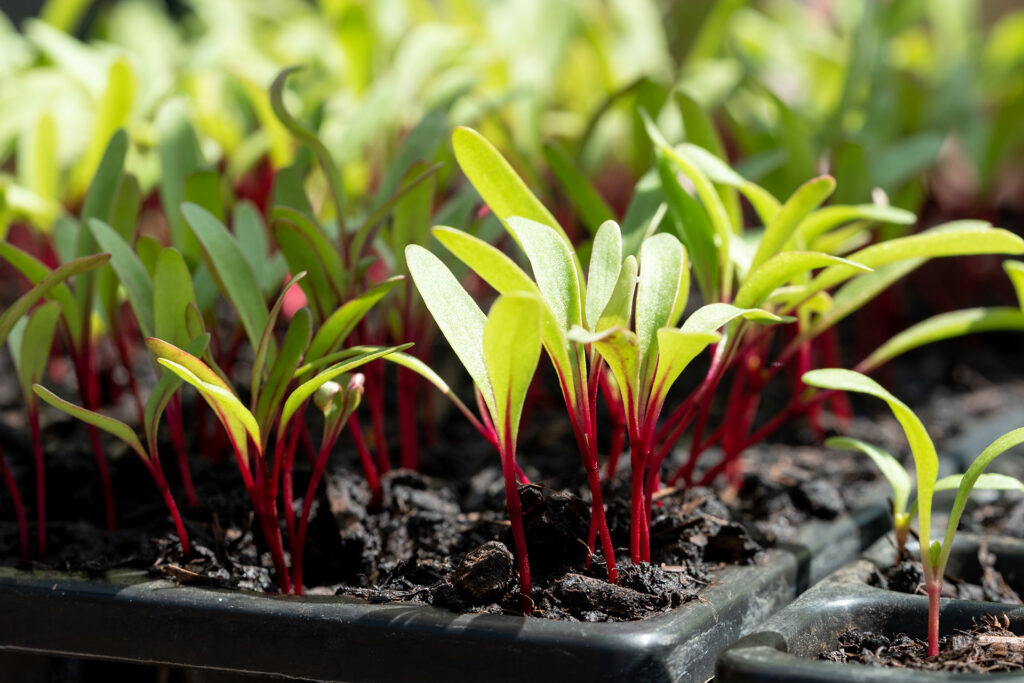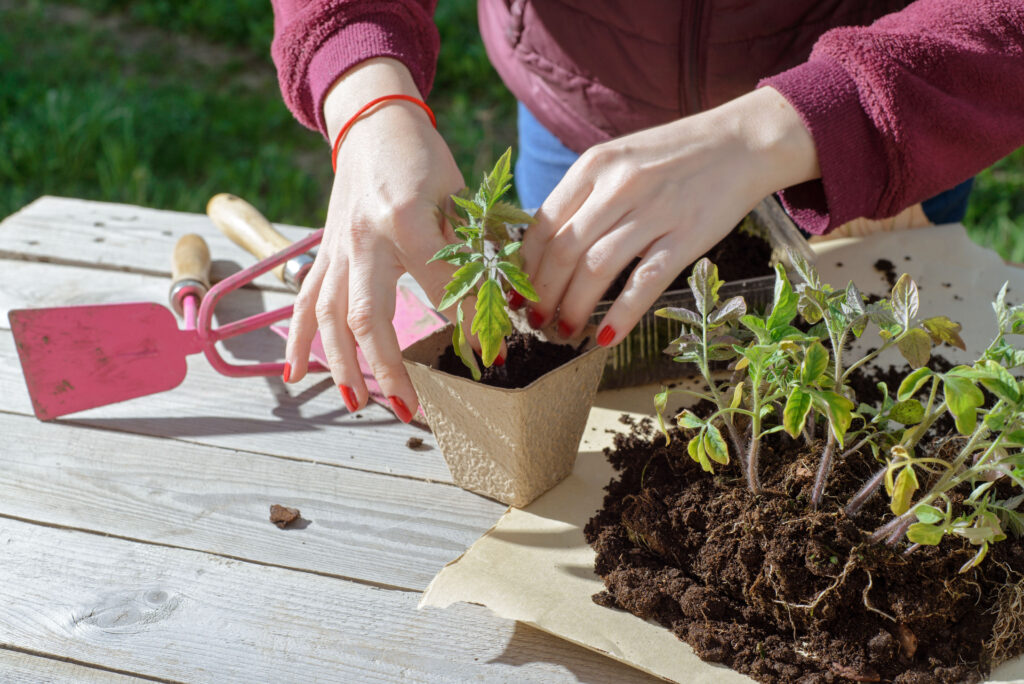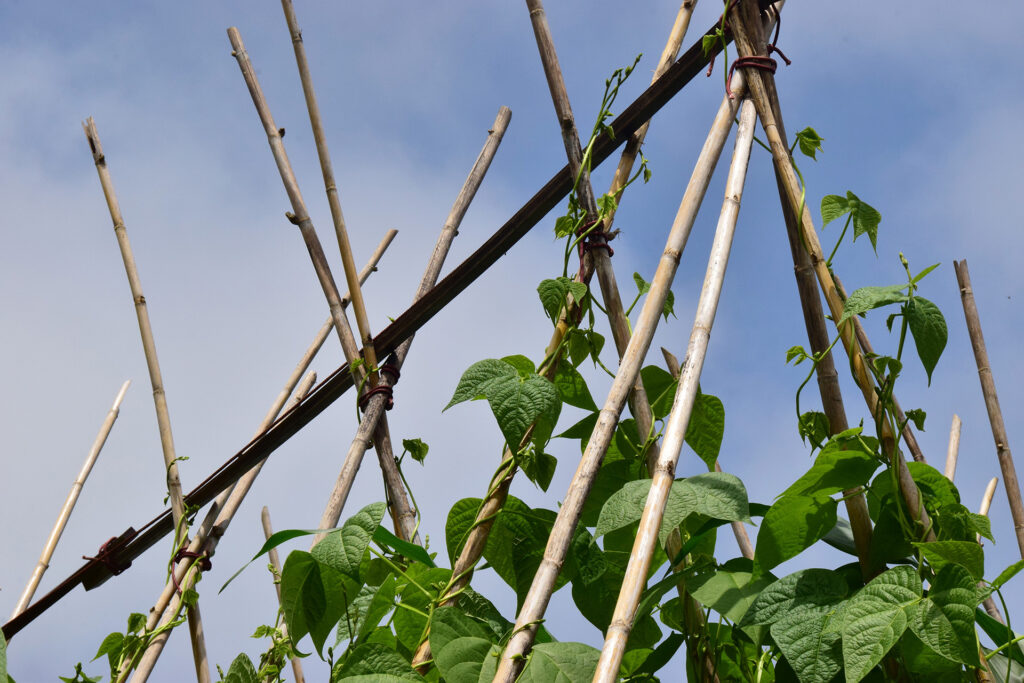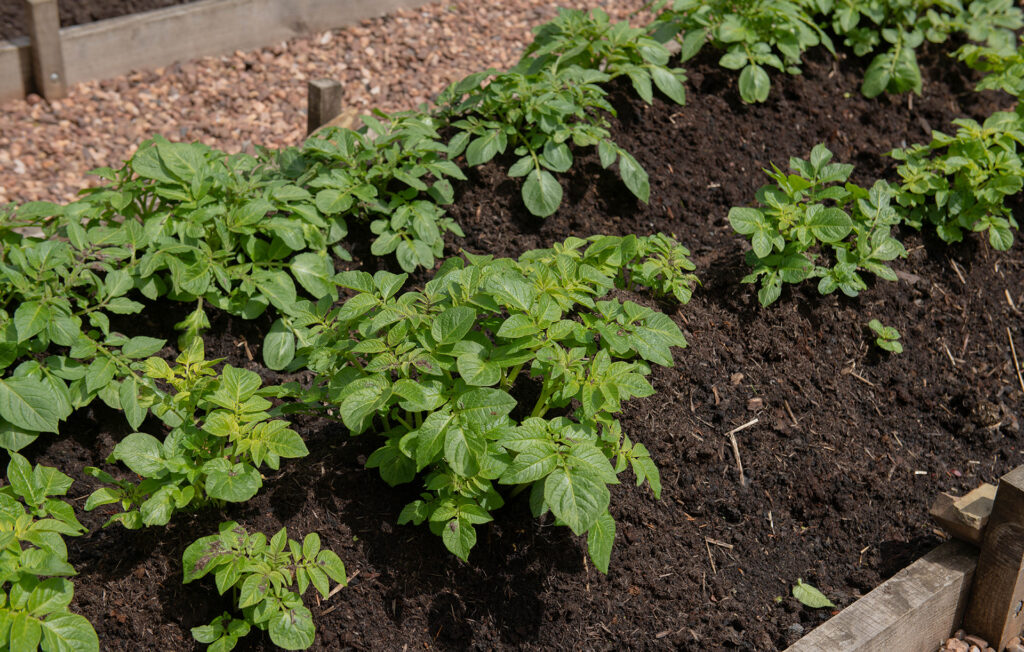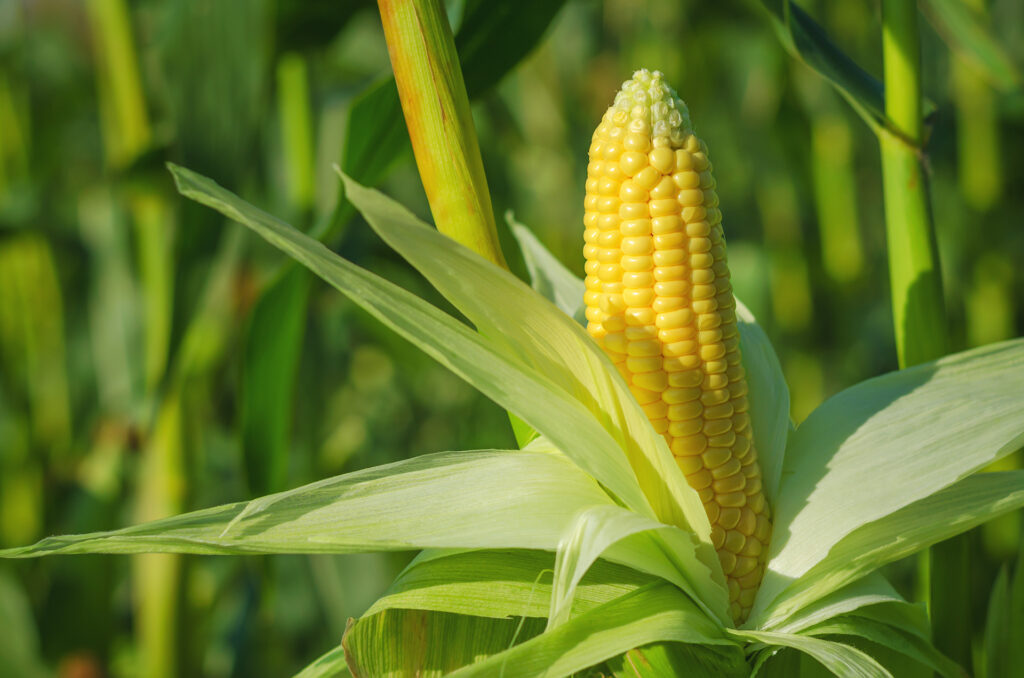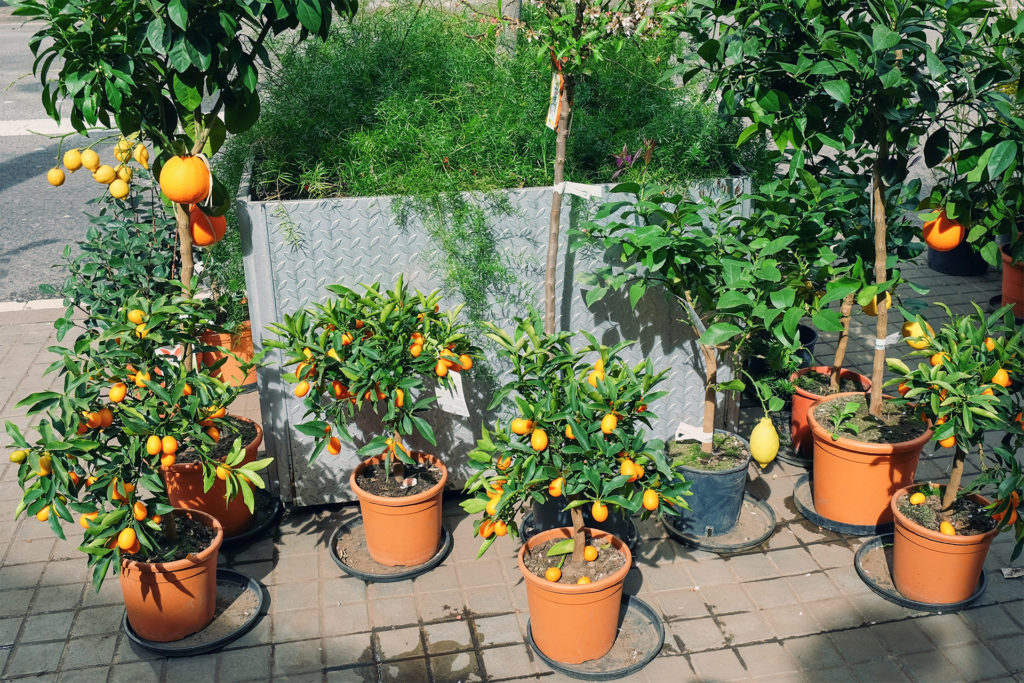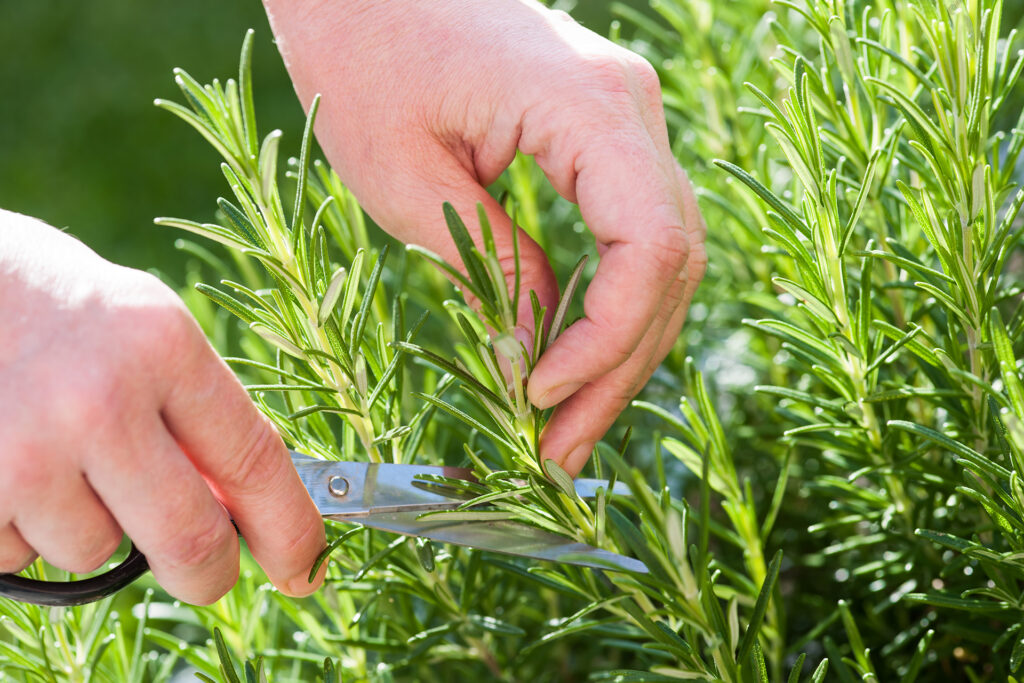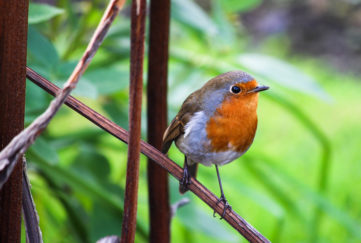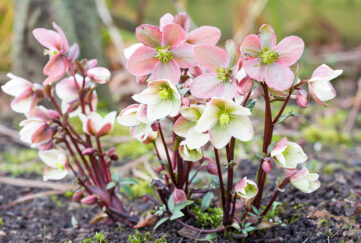May Gardening: Grow Your Own Food
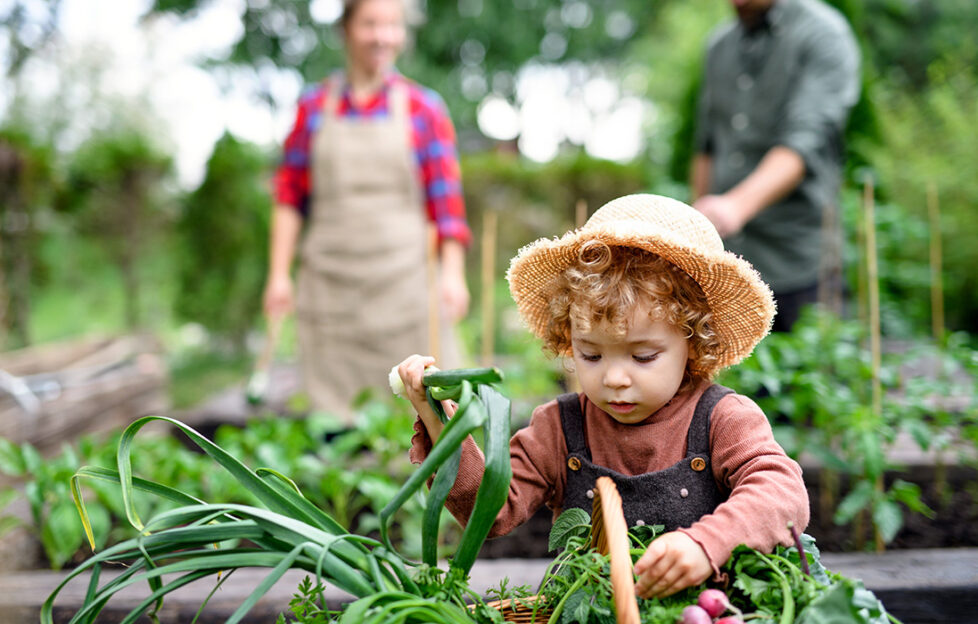
May is one of the most exciting months in the garden, as anything sown now will quickly shoot up as the weather turns warmer. Here are some suggestions on fruit, vegetables and herbs to plant in May.
British Garden Centres’ campaign: Britain Get Growing aims to get both beginner and experienced gardeners outdoors to embrace the joy of getting dirt on their fingers and growing their own food – and it’s easier than you think! Here are the plants that are ideal to sow in May.
7 vegetables, fruit and herbs to plant in May
1. Root vegetables – plant outdoors
As the weather gets warmer, you can sow seeds outdoors for beetroot, carrots, radish, and turnips, in your vegetable garden or containers. When sowing, we recommend that seeds are planted in well-draining yet fertile soil. This will result in good yields from early summer to well into autumn.
For beetroot, we recommend planting your seeds straight into your beds or containers 2.5cm deep, in rows 20cm to 30cm apart.
We are now in prime carrot sowing season and they can be sown from now into early July. Early varieties are ready in around 10 weeks and the main crop will be ready to lift in 14-16 weeks. Sow in drills 1cm deep and 20-30cm apart, remove any stones, cover with soil and water well.
You can continue to sow turnip seeds outdoors and they should be planted about 1cm deep and 23cm apart. Baby turnips can be harvested after 6-7 weeks or allowed to grow larger and harvested at 10-11 weeks.
2. Tomatoes – find a sheltered spot
You can also take your small tomato plants from the inside and start to plant them out. Tomatoes are frost tender and therefore must not be planted out until the risk of frost has disappeared, so May is the perfect time to do this.
They will need to be planted in a sunny but sheltered position. You can plant in the ground, in a grow bag or a container. Once planted, water regularly and use a high potash feed once the first tomatoes start to show for sweet, juicy fruit.
3. Peas and beans – in pole position
Beans can still be sown from mid-May onwards and now is the month to put up the support-like teepees made from bamboo canes, or a bean net strung between poles.
If sowing directly into the ground, plant 5cm deep and 15cm apart. Feed them a liquid tomato feed once the pods begin to form. Early peas and beans take between 12 and 14 weeks to reach maturity while maincrop varieties need 16 weeks.
4. Potatoes – keep cosy and covered
Continue to protect potatoes from any late frosts and cover any developing tubers from sunlight. Once the shoots are about 20cm tall, mound up soil around them, covering the lower part of the stems.
5. Sweetcorn – 12’s not a crowd
Sweetcorn seeds and plants can now also be sown outside. Choose a warm, sheltered location for these, since sweetcorn is relatively sensitive to cultivation. Always plant sweetcorn in clusters of at least 12 plants and we recommend allowing 38-45cm between each plant.
Sweetcorn is wind-pollinated, with the pollen from the male flowers at the top of the plant showering the female tassels to be found on the end of each cob to produce fresh corn.
6. Fruit – berries and bushes
Put straw around your strawberry plants if in the ground, to deter slugs. If planting strawberry bare root plants, place them in direct sunlight and well-drained soil for the best results, each plant at least 12in deep. Plant 45cm apart with 75cm between each row.
Pot-grown fruit trees, including figs, blueberries, citrus trees, gooseberries, currants, raspberries and blackberries can be planted all year round.
7. Herbs – cut and sow
If you have a herb garden, take cuttings of any sage, thyme and rosemary you have sown earlier this year. Not only are these herbs ready to enhance your dishes, but taking cuttings will also encourage new growth, prolonging the season.
You can continue to sow seeds for annual herbs, such as coriander, basil and parsley, little and often now. We recommend every 3-4 weeks to make sure you have a good supply to harvest.
How much could you save by growing your own vegetables? Find out here!

